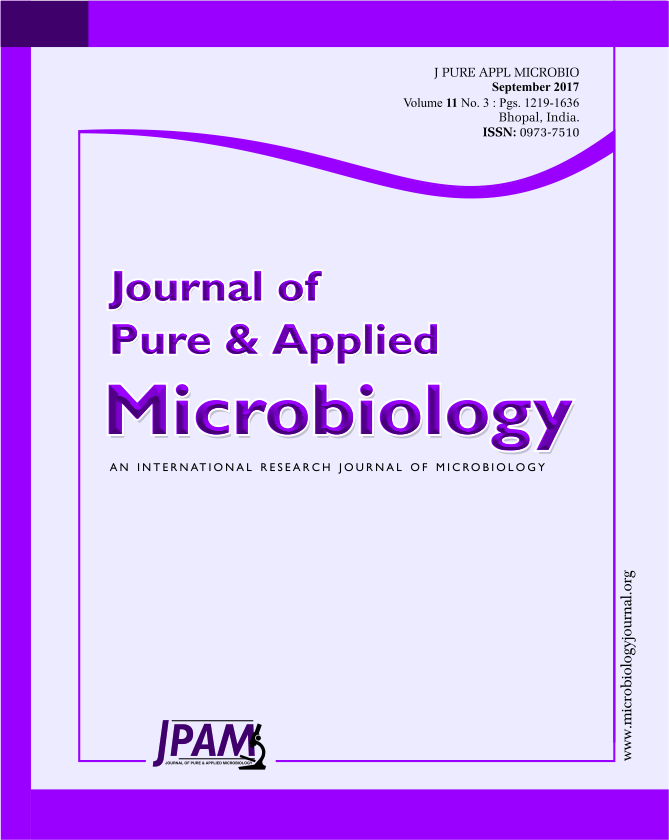This study was conducted to assess the comparative perspective effects of whole and diluted human breast milk in the face of other changing medical verdicts. The comparative antimicrobial effects of whole and diluted (50%) concentrations of human breast milk were assessed using conventional methods in Microbiology and polymerase chain reaction (PCR). Ten human breast milk samples were collected and tested against 4 isolates of diarrheagenic Escherichia coli (DEC) from stool samples of diarrheal patients. Activity indices of the breast milk with respect to ofloxacin as standard drug were determined. None of the sterility plates for the breast milk samples showed any growth of potential pathogen, but very scanty colonies of Lactic Acid Bacteria (LAB). Whole breast milk showed activity indices that ranged from 0.61 to 1.28 while diluted (50%) showed lower activity indices that ranged from 0 to 0.63. The test isolates, DEC exhibited resistance (percentage resistance) to ciprofloxacin (25%), gentamycin (50%), augmentin (50%), penicillin (75%), cotrimoxazole (100%) and chloramphenicol (100%). Multidrug resistance was also observed among all the test isolates. The whole (exclusive) concentration of breast milk showed much higher antimicrobial effects on the DEC than the diluted (p < 0.01). Due to the high activity in whole breast milk as observed in this study, the need for exclusive breast feeding for safe motherhood, to reduce infantile diarrhoea is once again re-established.
Human breast milk, antimicrobial and diarrheagenic Escherichia coli.
© The Author(s) 2017. Open Access. This article is distributed under the terms of the Creative Commons Attribution 4.0 International License which permits unrestricted use, sharing, distribution, and reproduction in any medium, provided you give appropriate credit to the original author(s) and the source, provide a link to the Creative Commons license, and indicate if changes were made.


